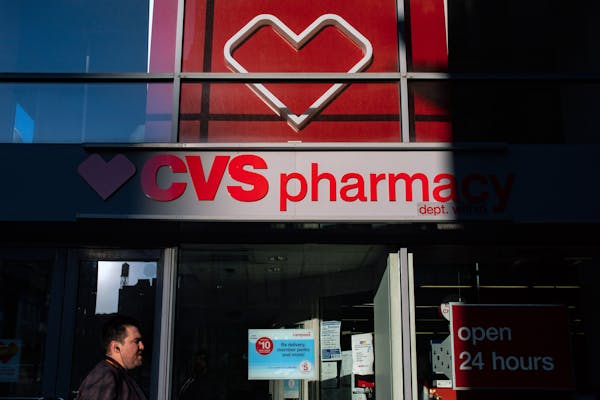For months, the recriminations for investors have been everywhere. We had a tech bubble burst 20 years ago. How did we let it happen again?
America's tech companies were worth two or three times more in fall 2021 than they are today. Venture funding for tech startups dropped by half last year. Layoffs at tech companies accelerated all last year, hitting a new peak when Amazon last week said it would cut 18,000 workers.
The crash started earlier for financial tech (or fintech) companies like Minneapolis-based Sezzle Inc. It laid off 20% of its workers last February. It then shut down offices in Europe, Brazil and India. From 580 at its peak in 2021, Sezzle now employs 280.
"We did it (layoffs) a long time ago and the Amazons of the world are doing it today," Charlie Youakim, the company's chief executive and one of its co-founders, said.
Sezzle provides a buy-now-pay-later platform to retailers, letting them offer a short-term financing option to customers who don't have credit cards. It was the first real American competitor to the Australian and European firms like Affirm and Klarna that are the global leaders in such financing.
Investors started to pull away from fintechs in spring 2021, worried that the spending spree consumers had been on during the pandemic would end and inflation would put a crimp on credit.
Sezzle had gone public on the Australian Securities Exchange in 2019. At its peak price in February 2021, Sezzle was worth more than $1 billion, the only Twin Cities tech startup of the 2010s to cross that threshold.
Sezzle has since lost 96% of its market value. It's now worth about $65 million, nearly the same that it was during a private fundraising round in 2017.
"And we are by far and away a much, much bigger company. It's not even close," Youakim said. "How do you solve that? Make sure you're self-sustaining. You don't have to fundraise."
Over the last year, that's just what Sezzle has done. Its payment system is now an option offered by 400,000 retailers to their e-commerce shoppers. More than 3 million people have used Sezzle to buy things. Its revenue — gleaned from a single-digit percentage of each transaction it facilitates — exceeds $100 million annually.
And in November, for the first time, Sezzle made a monthly profit. It was just a few hundred thousand dollars, but executives expect a full-year profit for 2023.
Most companies are expected to do that before they turn to the stock market for funding. But Sezzle followed the strategy of many tech startups: get investors to provide capital on a bet that, if it grew revenue and size quickly, it would carve out a strong enough market position to withstand a shakeout. Profits would come later.
Youakim began to realize in fall 2021 that, even though Sezzle was still growing, the buy-now-pay-later space was crashing in stock markets. He remembered being a young investor in his mid-20s when the dot-com bubble burst.
"That was bad, bad, bad for years," Youakim said. "I said to the team, 'We are in a situation where we have to hit profitability.' "
For a few months, he thought one way to get there would be to combine with another company. Last February, Sezzle agreed to be acquired by Zip, an Australian-based firm that also offered buy-now-pay-later services. But when executives at the two firms looked at costs of merging, they realized it was the wrong time and broke it off in July.
For Youakim, one big challenge has been explaining to Sezzle's employees, particularly those who are under age 30 and have never experienced a downturn, why the company needed to change its business model so quickly.
During all-hands video meetings held monthly, Youakim said, "What I tell the team is we were on the front end of an avalanche and it's still coming down. Profitability is the breathe hole."
More than a year ago, government regulators started taking a harder look at the largest buy-now-pay-later platform companies over concerns they might hurt the very people they were designed to help: those who don't have, or can't get, credit cards to finance a retail purchase.
Sezzle wasn't one of them. Youakim said the industry is past its early-adopter phase with retailers and consumers, though he believes there's room to grow when the economy turns upward again.
"Our viewpoint right now is heads down, get things done, make the next month look better than the current, and rinse and repeat," he said.
Ramstad: Misinterpreting data led me to the wrong conclusion about Minnesota retirees
Ramstad: How Rochester is keeping its housing growth on track

Ramstad: Think retired people are leaving Minnesota? Think again.

Ramstad: Some Minnesota doctors bristle at state employee insurer's view of them


